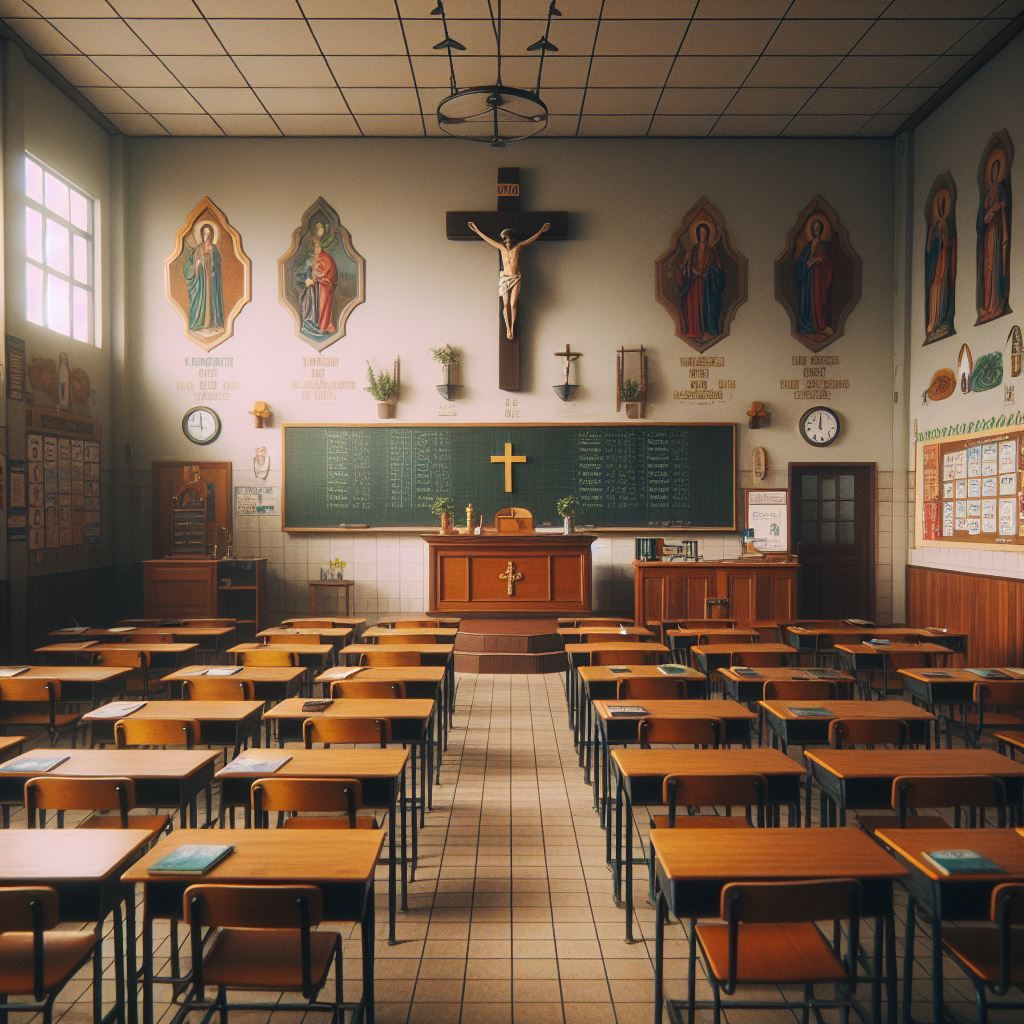The Burbank Unified School District (BUSD) is considering a significant financial proposition that could impact local taxpayers and the future of school infrastructure in the area. The district has floated the idea of placing a bond measure on the November 2024 ballot, seeking to raise funds between $400 million and $1.5 billion. This move is part of a broader strategy to address various infrastructural and programmatic needs within the district’s schools that local critics say are the result of declining enrollment, higher administrative salaries, and neglect of maintenance over time.
The proposed bond measure is divided into several key areas of funding. More than $100 million is earmarked for projects aimed at improving ADA compliance, ensuring equitable access across facilities, and constructing new softball fields. This particular allocation has raised questions among community members and observers, who find the combination of such needs under a single funding request both unusual and concerning. Burbank City has nine (9) softball fields already under Parks and Recreation.
The lion’s share of the proposed bond, approximately $697 million, is allocated for new construction and the modernization of existing facilities. This decision comes against a backdrop of critiques directed at the BUSD’s historical financial management practices. Critics argue that the district has habitually invested in consultants and high administrative salaries while deferring essential maintenance work. This practice, they say, has led to a situation where the burden of addressing accumulated maintenance needs may fall on Burbank residents through increased property taxes. Property tax increases raise rent, homeownership, and the cost of consumer products since these new tax assessments are on property which affects the entire local economy.
Opposition to the bond measure is rooted in concerns over fiscal management and the prioritization of district spending. Critics advocate for a more prudent approach, suggesting that funds should be directed towards the maintenance of existing facilities rather than ambitious new projects, especially in light of projections indicating a significant decline in student enrollment. According to a report by Perkins Eastman, student numbers are expected to fall sharply by 2032, driven by an increase in homeschooling and a shift towards parochial, private, and charter schools. This trend is partly attributed to parental dissatisfaction with what is perceived as the district’s embrace of “woke” education policies.
Parents took children out of school reportedly after this District Anti-Racist Statement was issued blaming “white” people for alleged racism which caused upset among those who find this concept offensive since there was no actual data to support the claim that persons with lighter skin were the cause of any alleged “racism” in Burbank.
Furthermore, the demographic shifts in Burbank, characterized by a declining birthrate and an influx of residents without school-age children, challenge the assumption that high property values in the city are directly linked to the quality of local schools. This situation suggests that the rationale for a large-scale bond measure may not be as strong as previously thought, given the potential for a 20% decrease in enrollment by 2032.
Financially, BUSD, like other districts in California, benefits from Proposition 98, which mandates that a significant portion of the state’s general fund be allocated to K-14 education. In California, approximately 40% of general fund taxes are directed towards schools. The proposed bond measure, therefore, adds another layer to the ongoing discussion about educational funding and fiscal responsibility within the district. Critics further claim that AI and video learning should reduce the overall cost of education and that the current facilities should be reduced not expanded in light of reduced overall enrollment over time.
Critics of the bond measure argue for a strategic reevaluation of the district’s needs, suggesting that downsizing and more efficient use of current assets might be a more sustainable path forward. They point out that alternative uses for school property, potentially generating additional revenue, have been overlooked in favor of seeking increased funding through higher property taxes.
As the November 2024 ballot approaches, the BUSD’s bond measure proposal remains a contentious issue, reflecting broader debates about educational funding, fiscal responsibility, and the future of public schooling in Burbank.
We oppose any and all efforts to increase taxes and that includes this proposed bond measure.
Prop 98 already guarantees 40% of total California General Fund money goes to K-14 education and that these local tax hike proposals are simply the result of a Robin Hood system that rewards other districts with Burbank’s tax dollars for having more English learners, foster children and special needs students; all of which mean concentration grants to districts like LAUSD that receives twice our funding.


